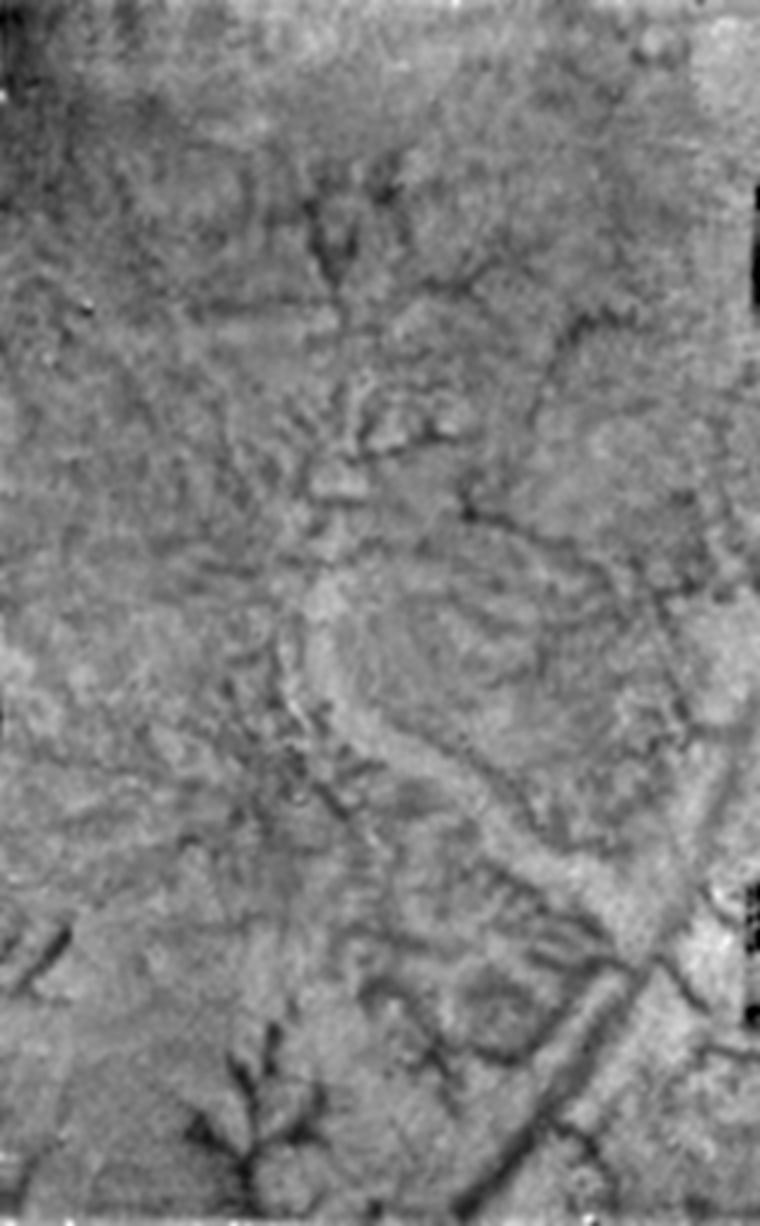Saturn's largest moon contains all the ingredients for life, but senior scientists studying data from a European probe ruled out the possibility Titan's abundant methane stems from living organisms.
More than a week after the Huygens probe plunged through Titan's atmosphere, researchers continue to pore over data collected for clues to how the only celestial body known to have a significant atmosphere other than Earth came to be and whether it can provide clues to how life arose here.
Initial findings have revealed an abundance of methane on the surface of Titan — the first moon other than Earth's to be explored — which is crucial to supporting its thick atmosphere. But scientists are still puzzling over the origin of the methane.
"This methane cannot be coming from living organisms," Jean-Pierre Lebreton, mission manager for the Huygens probe that landed on the surface of Titan Jan. 14, told The Associated Press on Wednesday.
Rivers and reservoirs
Images snapped by the 750-pound (340-kilogram) probe as it parachuted through Titan's atmosphere from the Cassini orbiter show the moon's surface was cut by a weather system leaving deep river beds and large reservoirs, implying activity by liquid methane.
But unlike water in Earth's atmosphere that continually renews itself, methane is destroyed by ultraviolet light, so Titan must have a source deep inside, scientists said.
Based on data collected by Huygens' instruments, Sushil Atreya, a professor of planetary science at the University of Michigan, believes a hydrogeological process between water and rocks deep inside the moon could be producing the methane.
"I think the process is quite likely in the interior of Titan," Atreya said in a telephone interview.
The process is called serpentinization and is basically the reaction between water and rocks at 212 to 752 degrees Fahrenheit (100 to 400 degrees Celsius), he said.
Mystery of life
While these discoveries are breaking new ground — scientists have been surprised by the amount of data they were able to collect from Titan's surface during the mission — researchers are far from helping to explain how life may have formed during Earth's earliest years.
Titan has the ingredients for living organisms, including nitrogen, methane and water, but not in the right combinations. Far more information is needed to glean any insights into activity on young Earth, Atreya said.
"Just looking at the data we have now, I think it's a long shot," Atreya said.
Huygens was spun off from the Cassini mother ship on Dec. 24. The $3.3 billion Cassini-Huygens mission to explore Saturn and its moons was launched in 1997 from Cape Canaveral, Fla. — a joint effort between NASA, the European Space Agency, and the Italian space agency.
The probe was named after Titan's discoverer, the 17th-century Dutch astronomer Christiaan Huygens.
